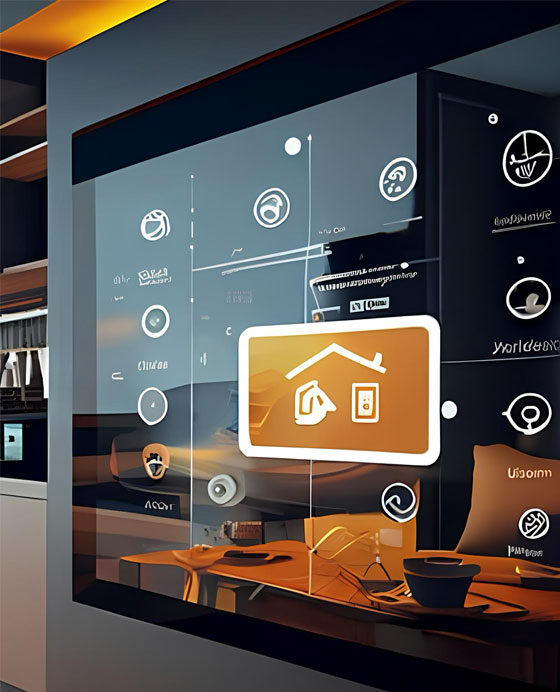Home automation can contribute to energy savings by providing better control and efficiency over various systems within a household. Here’s how it works and some ways in which it can help save energy:
Smart Thermostats:
One of the most significant contributors to energy consumption in a home is heating and cooling. Smart thermostats learn your preferences and adjust the temperature based on your habits. They can also be controlled remotely, allowing you to optimize heating or cooling when you’re away.
Smart Lighting:
Home automation systems can integrate with smart lighting solutions. This enables you to control lighting levels, set schedules, and even adjust brightness based on natural light conditions. This helps to avoid unnecessary energy consumption from lights being left on when not needed.
Energy-Efficient Appliances:
Smart home systems can monitor and control energy usage of various appliances. They can turn off devices when not in use, schedule energy-intensive tasks during off-peak hours, and provide insights into energy consumption patterns.
Automated Window Coverings:
Smart blinds or shades can be programmed to open and close based on the time of day or the amount of sunlight. This helps in regulating the indoor temperature, reducing the need for heating or cooling.


Smart Home Hubs:
Centralized smart home hubs allow you to control multiple devices and systems from a single interface. This can include heating, lighting, and other appliances. This centralized control can lead to more effective energy management.
Occupancy Sensors:
Home automation systems often include occupancy sensors that can detect when a room is empty. Lights, heating, and cooling systems can be adjusted automatically to conserve energy in unoccupied spaces.
Water Management:
Smart home systems can monitor water usage and detect leaks. They can shut off water supplies if a leak is detected, preventing wastage. Additionally, they can optimize irrigation systems based on weather conditions.
Remote Monitoring:
Many home automation systems offer remote monitoring through mobile apps. This allows homeowners to check and control energy usage even when they are not at home, promoting better energy management.
By integrating these technologies, home automation systems create a more responsive and efficient living environment, reducing energy waste and contributing to overall energy savings. It’s important to note that the effectiveness of energy savings depends on how well these systems are configured and utilized by the homeowners.






